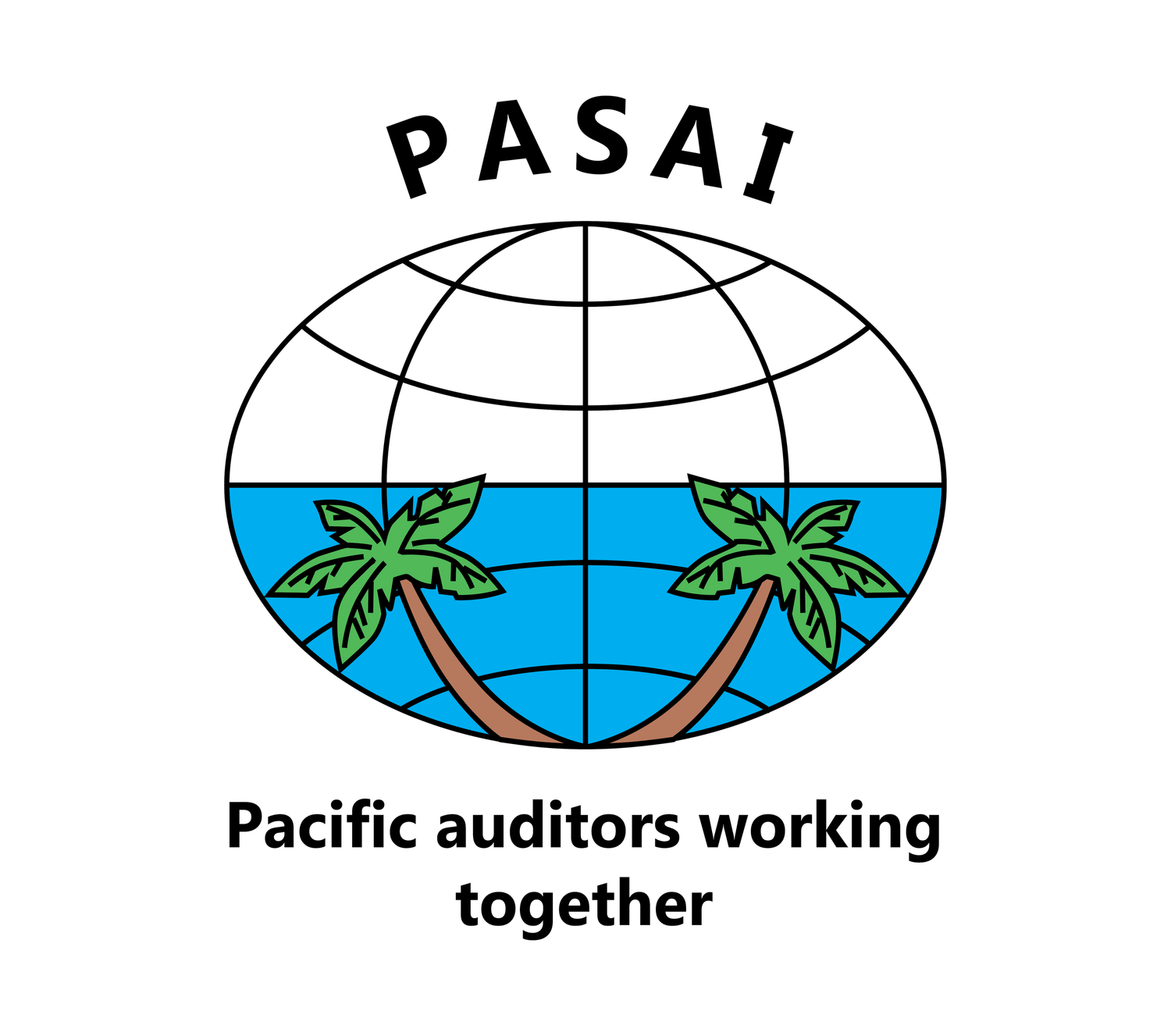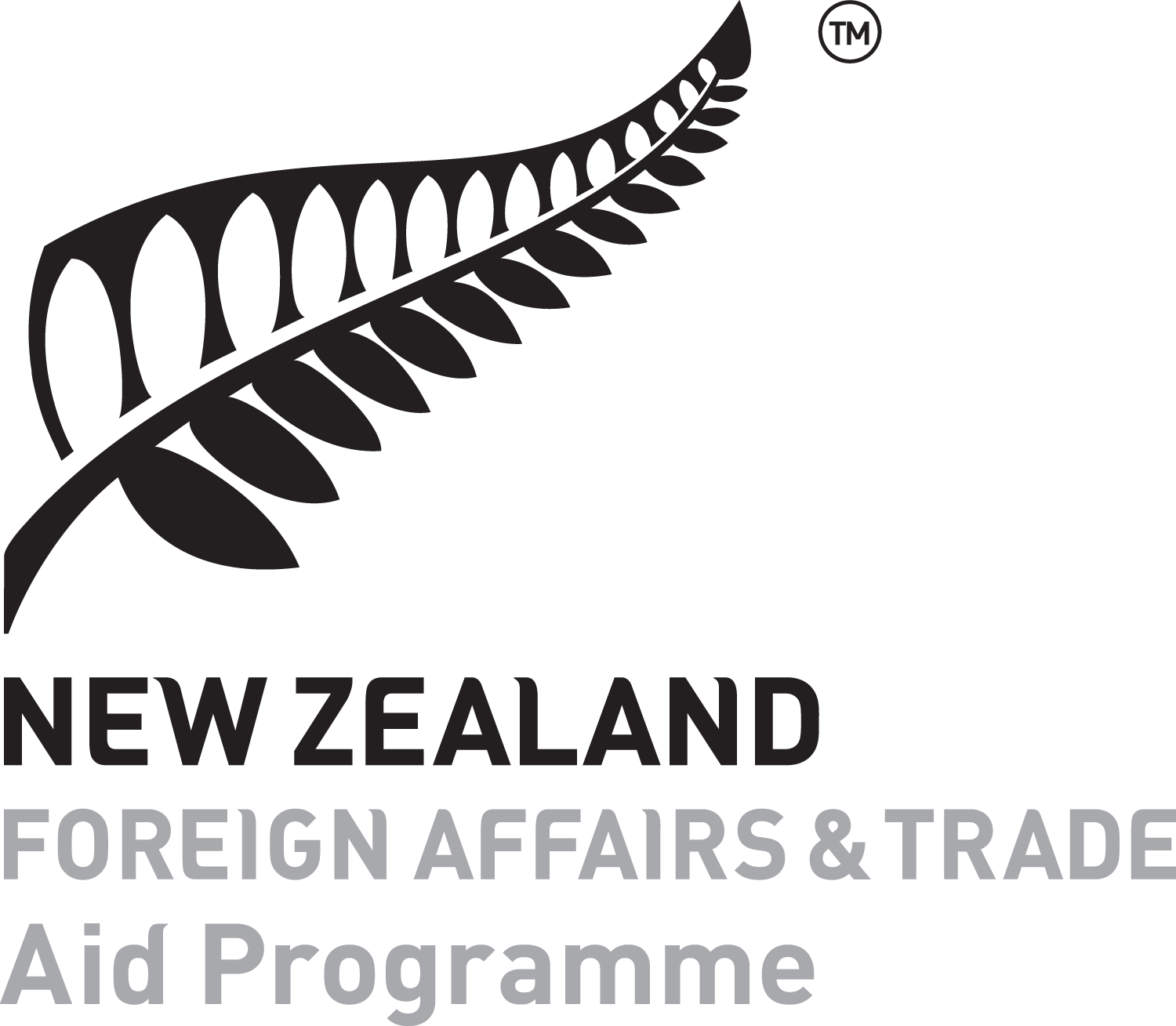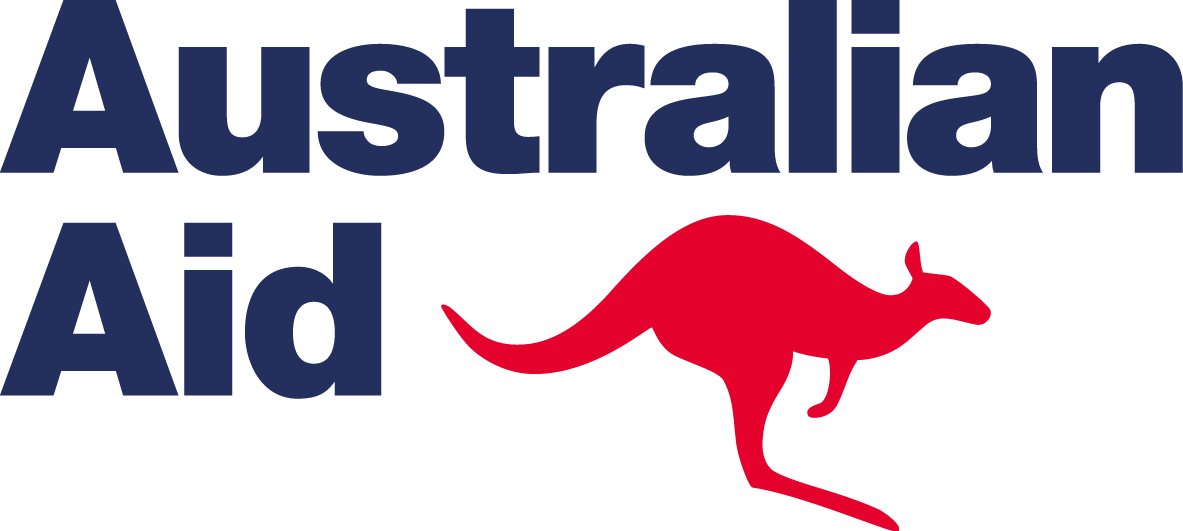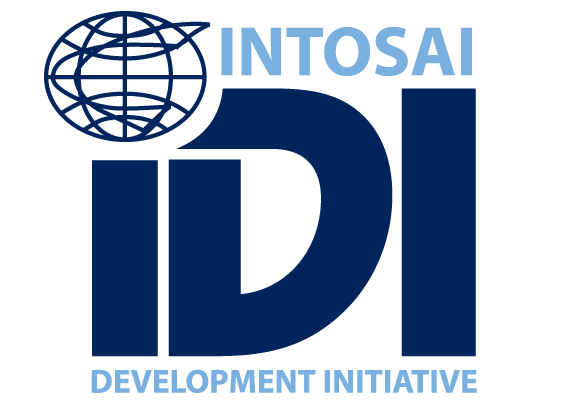By Doris Flores Brooks, Director (North Pacific), PASAI
PASAI has 10 SAIs who follow the United States (US) Congressional model of governance. These SAIs are in the Federated States of Micronesia (the National Government and the four members states of Chuuk, Kosrae, Pohnpei and Yap), the Marshall Islands, Palau and the US Territories of American Samoa, the Northern Mariana Islands and Guam.
The standards these SAIs follow require the annual audit of the financial statements for the whole of government to be signed by a US licensed Certified Public Accountant (CPA). Very few of these SAIs have a licensed CPA on staff so for the past several decades they have contracted out the annual government financial audits to independent CPA firms.
The financial audit report of the Government of Guam for the fiscal year ended 30 September 2021 [1] is 201 pages long. It begins with an Independent Auditors’ Report prepared by Deloitte and Touche LLP addressed to the Governor of Guam. We’ll use this as an example of terminology common among financial auditors that likely requires ‘translation’ when presented in other formats for laypeople [2].
Report on the Financial Statements
The report opens by listing the financial statements audited, namely, those of:
the governmental activities,
the aggregate discretely presented component units,
each major fund,
the aggregate remaining fund information, and
the related notes to the financial statements.
It should be clear from the beginning which statements of information the audit opinion is expressed on.
Governmental activities include education, general government, public safety, public welfare, economic development, transportation, interest on debt and other activities governments customarily perform.
In this part of the audit opinion, it highlights the main activities of government which were covered in the audit.
Component units are state owned enterprises that have been established by law and separated from the general treasury. These component units have their own financial records that document revenues and expenses.
This information is particular to a government being audited. In this case, the Government of Guam has more than 20 component units. They include the hospital, the community college, the university and the authorities for the airport, the waterworks and the port.
Major funds in Guam include those for Federal Grants Assistance, American Rescue Plan Act Assistance, COVID-19 and Coronavirus Aid, Relief, and Economic Security Act Unemployment Assistance.
This part of the audit opinion highlights the main funds and revenue sources of the government.
Management’s Responsibility to the Financial Statements
“Management is responsible for the preparation and fair presentation of the financial statements in accordance with accounting principles generally accepted in the United States of America, this includes the design, implementation, and maintenance of internal control to the preparation and fair presentation of financial statements that are free of material misstatement, whether due to fraud or error.”
This part of the audit opinion highlights the responsibility of government in the preparation of financial statements. Management, in this case, the Department of Administration, prepared the financial statements following the Generally Accepted Accounting Principles (GAAP). It is the responsibility of government to have proper financial management systems and adequate systems of internal controls in the preparation of these financial statements.
Auditor’s Responsibility
“Our responsibility is to express opinions on the financial statements based on our audit.”
This part is the responsibility of the independent external auditor, to express an audit opinion based on sufficient and appropriate evidence collected and documented from the audit. The audit must be conducted in line with international audit standards, in the case of Guam, the Generally Accepted Government Audit Standards, known as GAGAS or the Yellow Book.
Opinions
“In our opinion, based on our audit and the reports of other auditors, the financial statements … present fairly, in all material respects, the respective financial position of the government…”
This is the actual audit opinion expressed on the financial statements. In this case, the auditor issued an unqualified audit opinion and that the government’s financial statements are fairly stated. In other cases, audit opinions can be modified if there are significant issues with the financial statements.
Emphasis of Matters
An emphasis of matter paragraph is to highlight a matter to the readers of the financial statements which does not affect the audit opinion expressed. Emphasis is made if auditors want to highlight certain topics even though they have been appropriately presented in the financial information.
In this case, the auditor emphasised a change in an accounting principle and that the government thought COVID-19 may have a negative effect on its finances.
Other Matters
This is where auditors raise matters relevant to understanding the financial information.
Required Supplementary Information
The Government Accounting Standards Board (GASB) requires certain information to be presented so there is context to the basic financial statements. The auditor pointed out that management didn’t present certain information (the Schedule of Revenues, Expenditures and Changes in Deficit – Budget and Actual – General Fund and notes).
Other Information
Management provided extra information on pages 143 to 197 for additional analysis to support the financial information presented.
Other Reporting Required by Government Auditing Standards
In this paragraph the auditor states it has issued a report on the government’s internal control over financial reporting and its own tests of its compliance with certain laws, regulations, contracts and grant agreements.
The Challenge
It’s one thing to understand financial audit opinions and another thing to explain them to a SAI’s stakeholders. SAI Guam has done a commendable job in creating a short 2021 Financial Highlights document [3] that incorporates some effective visuals and summarises important points from the Independent Auditors’ Report and the government’s financial statements as a whole.
References
[1] https://www.opaguam.org/sites/default/files/2_-_govguam_fs21_final_jul_18_2022_0.pdf
[2] Much of this information was obtained from Jeanne Yamamura CPA, at the 2022 APIPA virtual conference.
[3] https://www.opaguam.org/sites/default/files/1_-_ggw_fy_2021_hl_final.pdf









